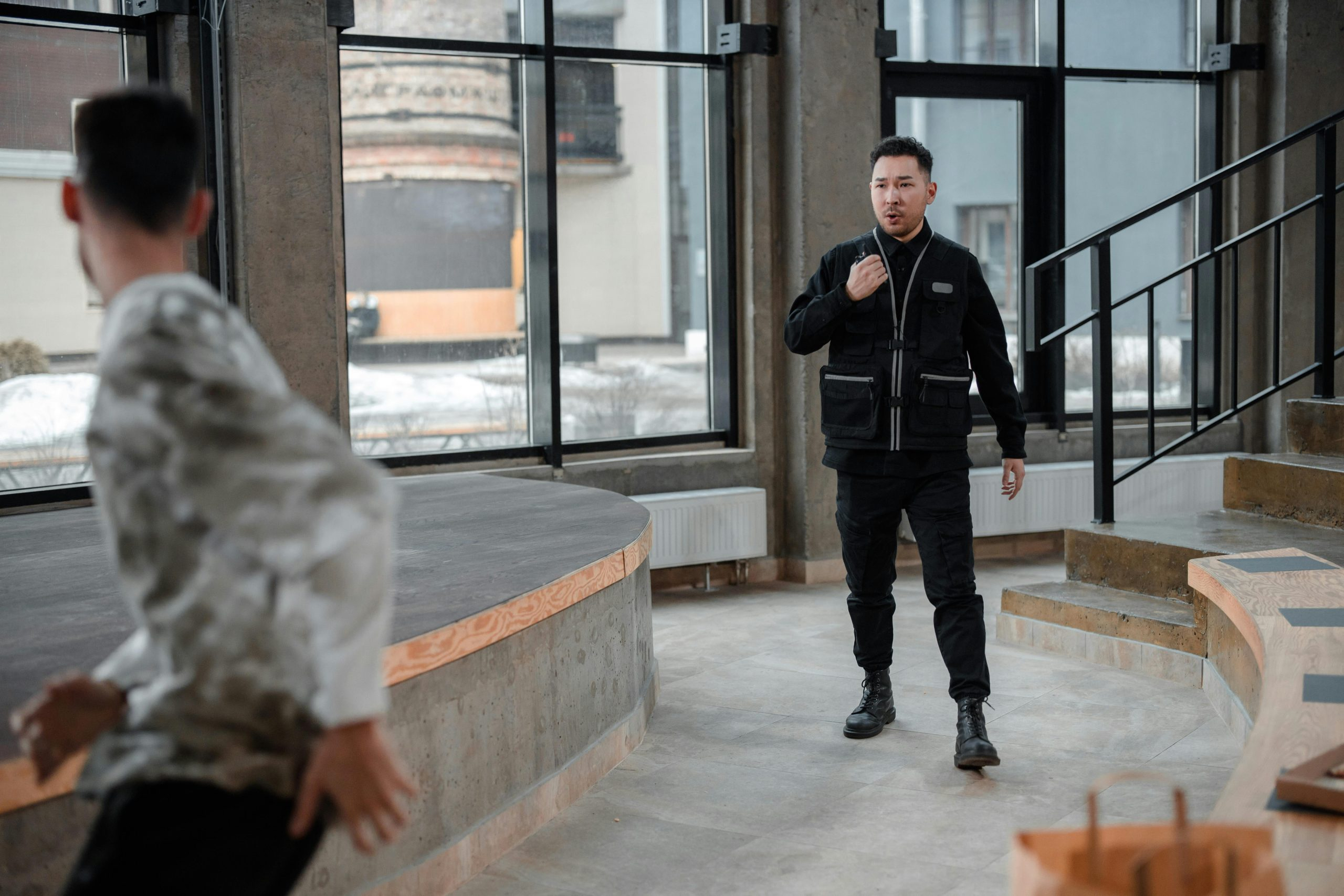Smart Climate Control and Predictive Building Maintenance
Smart Climate Control and Predictive Building Maintenance: Revolutionizing the Future of Buildings
Are you tired of constantly adjusting the thermostat in your office or home, trying to find the perfect temperature? Do you dread the expensive and unexpected repairs that often come with owning a building? Well, worry no more because smart technology is here to solve your problems. Smart climate control and predictive building maintenance are changing the game for building owners and occupants. In this article, we will explore how these innovative solutions are revolutionizing the future of buildings.
Smart climate control refers to the use of technology to regulate and optimize temperature, humidity, and air quality in a building. This is achieved through the integration of sensors, smart thermostats, and artificial intelligence (AI). These systems can monitor and analyze data from the building and adjust accordingly to maintain the optimal climate. This not only ensures comfort for occupants but also leads to energy and cost savings.
The Benefits of Smart Climate Control
1. Increased Energy Efficiency
Traditional HVAC systems often operate on a set schedule, regardless of whether the building is occupied or not. This results in wasted energy and higher utility bills. With smart climate control, the system can adjust based on occupancy, weather conditions, and even personal preferences, leading to significant energy savings. In fact, studies have shown that smart climate control can reduce energy consumption by up to 30%.
2. Improved Comfort and Productivity
Having control over the temperature and air quality leads to a more comfortable and productive environment for occupants. Smart climate control allows for customization, so individuals can set their preferred temperatures, creating a more personalized and comfortable experience. This has been linked to increased productivity and even better sleep quality.
3. Remote Monitoring and Control
Gone are the days of having to physically adjust the thermostat in a building. With smart climate control, building owners and managers can monitor and control the system remotely through a smartphone or computer. This is especially beneficial for large buildings or buildings with multiple locations, as it allows for easy and efficient management.
The Future of Building Maintenance
1. Predictive Maintenance
Predictive maintenance involves using data and analytics to predict when equipment or systems may fail and proactively address issues before they occur. This not only leads to cost savings but also prevents unexpected breakdowns that can disrupt operations and inconvenience occupants. With smart technology and sensors, building owners can monitor the condition of assets and schedule maintenance before any problems arise.
2. Reduced Maintenance Costs
With the ability to accurately predict when maintenance is needed, building owners can reduce the frequency of routine maintenance and only address issues as they arise. This saves both time and money by avoiding unnecessary maintenance tasks and prolonging the lifespan of equipment.
3. Enhanced Safety and Security
Smart building technology not only monitors and controls climate and equipment, but it can also enhance safety and security measures. For example, sensors can detect potential hazards like gas leaks or unusual temperature changes, alerting building managers to address the issue before it becomes a risk to occupants. Additionally, smart security systems can be integrated to monitor and control access to the building, providing an extra layer of protection.
In conclusion, smart climate control and predictive building maintenance are transforming the construction and management of buildings. With increased energy efficiency, comfort, and productivity for occupants, as well as reduced costs and improved safety for building owners, smart technology is revolutionizing the future of buildings. Embracing these innovative solutions not only benefits individual buildings but also contributes to a more sustainable and efficient future for the construction industry as a whole.









